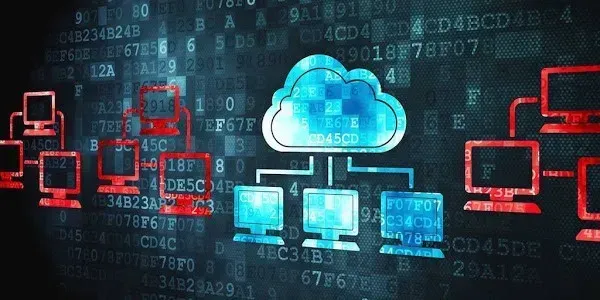
Wondering which programming language to learn in 2023 for Software development?

Software development the process of designing, developing, testing, and deploying software applications and systems using the latest technologies and methodologies. It is an ever-evolving field that has been shaped by emerging technologies and changing user demands. Software developers in 2023 will be expected to have a strong understanding of the latest programming languages, development frameworks, and cloud computing platforms. In 2023, software development is likely to be characterized by a number of key trends. These include the increasing use of artificial intelligence (AI) to create intelligent and personalized applications, the growing popularity of low-code development platforms to reduce development time and costs, and the shift towards cloud-native development to take advantage of cloud-based technologies and services.
software development in 2023 is likely to be focused on delivering high-quality, secure, and user-centric applications that meet the evolving needs of businesses and consumers. This will require developers to stay up-to-date with the latest technologies and best practices, and to collaborate effectively with other developers and stakeholders throughout the software development lifecycle.
5 Programming Languages for Software Development in 2023
1. Java
Java is one of the most popular languages of the last two decades and rules the world of server-side application development. It also holds a sizable market share in mobile games and application development using Android and enterprise web development world. Java is used by some of the most prominent organizations like Investment banks, insurance companies, and you can reach masses by writing Android apps.
2. Python
Python is one of the most taught languages in schools and colleges across the world. Python is one of that language which can be used as a scripting language as well as a proper object-oriented language for a large project. Python is also increasingly used for new generation technology like machine learning, artificial intelligence, and data science.
3. JavaScript
You can replace Java with C++ and Python to Ruby in this list but honestly, there is no replacement of JavaScript in today’s world. In the last 5 years, JavaScript has totally dominated the world. As a Java programmer, working on JSP and Servlet based application I have had numerous opportunities to use both jQuery and JavaScript.
4. C Programming
You cannot be a true programmer without knowing C or C++. This is a very strong statement but I am saying this from my years of experience.
The C is still the most preferred language for system programming and it has given Java a solid competition at the top of the table from the last two years.
5. Scala
Scala is the language which is created based on the best practices of the last 20 years. It is also a functional programming language so it offers a different paradigm than object-oriented programming, which will improve your thinking and code sense. Though there are many functional programming languages available e.g. Haskell, I have chosen Scala because as a Java developer, I found learning Scala is easy than learning Haskell.
Here are 10 trends in software development that are expected to shape the industry in 2023:
- Artificial Intelligence: AI is expected to become more prevalent in software development, enabling developers to create more intelligent and personalized applications.
- Low-Code Development: Low-code development platforms are becoming more popular, allowing developers to create applications with minimal coding and reducing development time and costs.
- Quantum Computing: Quantum computing is an emerging technology that could transform software development, enabling developers to solve complex problems at a much faster pace than traditional computing systems.
- Cloud-Native Development: Cloud-native development is gaining popularity, as more companies shift their applications to the cloud. This approach involves developing applications specifically for cloud environments, taking advantage of cloud-native technologies and services.
- Blockchain: Blockchain technology is expected to gain wider adoption, as more companies recognize its potential for secure, transparent, and decentralized applications.
- DevOps: DevOps is a software development methodology that emphasizes collaboration and communication between development and operations teams. This approach is becoming more popular as companies seek to accelerate software development and deployment.
- Progressive Web Applications: Progressive web applications (PWAs) are web applications that provide an app-like experience to users. PWAs are becoming more popular, as they allow developers to create applications that work seamlessly across multiple devices and platforms.
- Microservices: Microservices is an architecture pattern that involves breaking down applications into smaller, modular components. This approach is gaining popularity, as it allows developers to build applications that are more scalable, flexible, and easier to maintain.
- Cybersecurity: As cyber threats continue to evolve, cybersecurity will remain a top priority for software developers. Developers will need to incorporate security measures throughout the development process to ensure their applications are secure and protected from cyber attacks.
- Open Source: Open source software is becoming more popular, as more companies recognize its potential for reducing costs and accelerating software development. Developers are increasingly leveraging open source libraries and frameworks to build their applications.